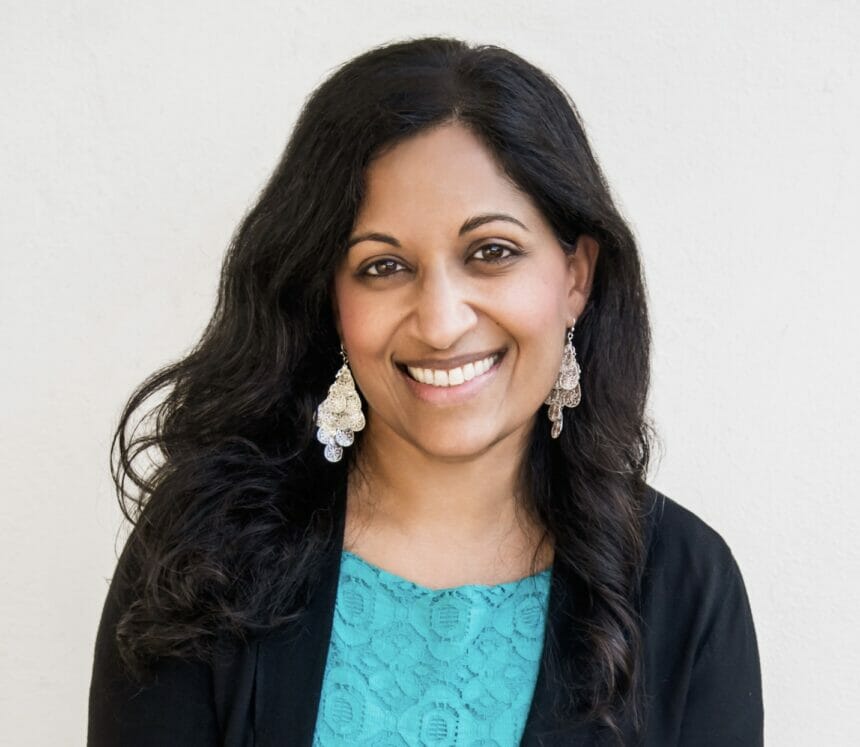
Transitions of care can be chaotic, making it difficult for clinicians to do their jobs. This is especially true when patients are discharged to home care from an inpatient facility. One study found that 44% of home healthcare providers had problems receiving adequate patient information.
This leads to patients and care partners needing to fill in the gaps their teams didn’t share. Not only is this frustrating for patients and their families, but it also leaves clinicians with incomplete or possibly inaccurate information. A recent study looking at how well patients understand their hospital discharge plan found that while over 90% of patients felt confident they understood their treatment plan, almost half did not actually understand it. More importantly, this is not the patient’s job. It is ours.
The way we care for patients is changing. We rely on large, multidisciplinary teams to care for patients. But within these teams, clinicians work at different times, in different locations, and sometimes for different organizations. This means we don’t always have time to meet in-person, and we often have different clinical information systems available to us, making it difficult to collaborate on patient care. This is where well-designed tech can help.
Shared decision-making
One key way tech can help with collaboration is through shared decision-making. When patients are discharged, there are many moving parts and often close to a dozen different people involved in those processes. So how do these clinicians communicate? Usually, it’s EHR notes, text messages, quick huddles, phone calls, even faxes. Unfortunately, these methods frequently lead to miscommunication, and important information getting missed, putting patients in a difficult and often unsafe situation.
Shared mental models about patients are crucial to keep everyone on the same page. These are hard to accomplish when everyone works in their own sphere. That is where shared decision-making and planning tools can help. These tools need to be able to do a few key things. First, they should be interdisciplinary. Everyone on the team — physicians, nurses, pharmacists, social workers and more — should be able to see a shared list of which tasks have been completed and what still needs to get done.
Real-time home care coordination
Second, the platform needs to enable real-time coordination, even when teams work remotely and asynchronously. If one person adds a task, someone else in a different location should be able to see that immediately without needing an interruptive notification. Third, the platform needs to work across EHRs and care settings, which is essential for home health where there are often contracting nursing and therapy orgs or community health workers who don’t have access to the full EHR.
Another way tech can support better discharges is through improved data access and usability. In a hospital, tests and labs are done in one place and put directly into the EHR system. In home care, patients get their studies done in many different places, and clinicians need to bring that information together. Since these test results are often coming from different systems, they may be sent through faxes or manually through secure emails, which not only can cause delays but contributes to significant cognitive load on the provider.
Technology can make this better, for both better patient care and more efficient, higher-value care. Much of the groundwork for interoperability has been laid. The key now is designing tech to leverage these data sources and types in a way that is clinically informative. Checking a box to say data is shared, without caring about how it is shared, or when and in what form, is simply not good enough. HIEs can gather this data from many different sources. Tech designed for clinical workflow can now leverage this information to bring the right data to the clinicians at the right time, making it easy to find, interpret, and take action on.
Fully functional platforms
Finally, an important feature that is often overlooked, is making sure that collaboration platforms are fully functional on any device, even in poor reception areas. For home health providers who are traveling across cities, into data deserts, and often in very hectic situations, it is essential they have strong, reliable mobile technology that fits their workflow. A clunky laptop with an EHR that requires Wi-Fi will work part of the time, but not enough. We need to bring the accessibility and dependability of the tech we use in our everyday life into health tech.
Technology possesses immense potential to revolutionize the quality and efficiency of home care discharges. To harness this potential, technology must be better designed with a focus on usability and tailored to the unique needs of home care teams. By doing so, we empower them to deliver the highest standard of care to their patients, creating a seamless and positive experience for both healthcare providers and those they serve.
Subha Airan-Javia, MD, FAMIA, is founder and CEO of CareAlign. She is a practicing hospitalist, informatician and former associate chief medical information officer at Penn Medicine. She has spent the last 15 years bridging the gap between front-line clinicians and technology development with the goal of designing and implementing technology that improves clinical workflow and team collaboration while reducing errors.



